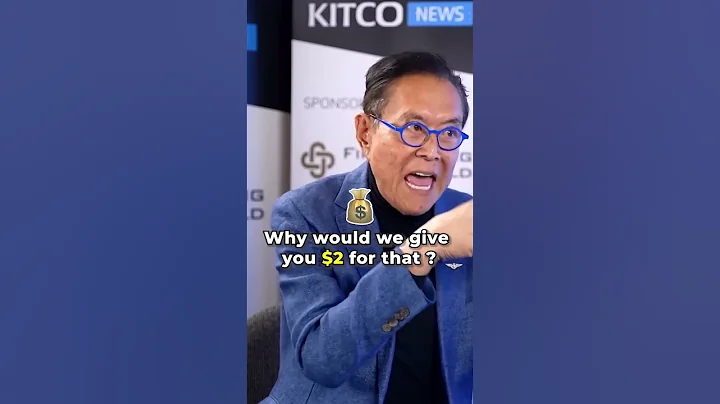
After the release of the chip bill, ASML was once again asked to ban the export of DUV lithography machines to the Chinese market. Although it refused in person, this level was not so simple. After Japanese companies were relaxed, they continued to increase their investment in the Chinese market. Will ASML fall from the altar?
htmlEntering the Chinese market on the 7thAfter the official implementation of the Chip Act, the scope of semiconductor equipment exported to China was adjusted from the original 10nm to 14nm. The current DUV lithography machine supports the manufacturing of 10nm chips. It is obvious that this action is aimed at ASML. It has previously lobbyed to ban the shipment of DUV lithography machines to Chinese companies.
Obviously, the development of China's semiconductor industry in recent years has exceeded the expectations of the United States and has also attracted the attention of the US market. In order to better restrict development, it directly chose to isolate the market . However, in the face of such a huge market, chip manufacturers, including American companies, have chosen the "hard" rules and adhered to the Chinese market to safeguard their own interests.

Once the DUV lithography machine is really banned, it will have a great impact on the current Chinese market. After all, the current level of domestic lithography machines is limited and it still requires a certain buffer period. However, the current situation is more critical for ASML, and therefore accelerates the layout of the Chinese market.
Entered 2022, ASML's attitude has completely changed, changing the previous attitude that "drawings can't create us". In addition to constantly pleased us in words, it also responded to practical actions. shipped 23 lithography machines in the first quarter alone, and expanded its Chinese employees to 1,700. At the same time, it also established maintenance and R&D centers, and supporting offices, warehousing and logistics centers, etc. have also been established accordingly.

. Against the backdrop of US lobbying, Japanese company Nikon announced that it will increase its investment in the Chinese market in the future. Although this company cannot build EUV lithography machines, it is the "original" of lithography machines. It is currently ranked among the top in packaging lithography machine technology and is also constantly increasing its investment in lithography machine shipments in the Chinese market.
, and another Japanese lithography machine manufacturer, Canon , also announced the expansion of its layout in the Chinese market, announcing an investment of 38 billion yen to expand the lithography machine factory, which will be launched in the second half of 2023 at the latest. The company has been squeezed by the United States and has not expanded production for 21 years. This time, the construction of new production capacity is obviously for the Chinese market.

The US plans to further restrict the lithography machine exports have almost failed. No company is willing to obey this unreasonable requirement and comprehensively limit the world's largest market will directly lead to industry disconnection. ASML has issued such a warning, repeatedly explaining the importance of the Chinese market.
-day enterprise can help the Chinese market get rid of ASML?
Whether it is Canon or Nikon, the current attitude towards the Chinese market is consistent, and they all want to occupy more market share. In order to narrow the gap with ASML, Canon is currently working with companies such as Kioxia to develop nanoprinting equipment.

According to previous messages, after the technology is applied, the cost will be more than 40% lower than that of EUV equipment in the process of manufacturing advanced process chips, and the energy consumption will also be reduced by more than 90%. After it is officially commercialized, it is obvious that EUV equipment can be replaced, which may help Chinese companies get rid of their dependence on ASML.
Although domestic lithography machines have made major breakthroughs at present, if the international supply chain is not liberalized, it will take a long time to rely solely on the domestic supply chain, even if it can be realized, so it will still rely on overseas lithography machines for this period of time.

If Canon can really achieve equipment that is comparable to EUV lithography machines, we can at least give us one more choice, which will also put some pressure on ASML, and there will be more ways to obtain lithography machines in the future. As long as the market is not monopolized, the current dilemma can also be alleviated accordingly.
ASML uses a large number of American-containing technologies. It is impossible to expect it to get rid of the American technology system. On the contrary, Japanese companies are most likely to achieve complete technological independence because they have a deep technical foundation. Moreover, once the monopoly pattern is broken, the price of equipment will be reduced a lot, which is beneficial to us.

However, the advanced technologies of Nikon and Canon are jointly developed by US companies. We cannot guarantee whether they can ship freely in the future. Therefore, there is no slackness in the research and development of domestic cutting-edge technologies. Only the things that are held in your own hands are the best. What do you think about this?











